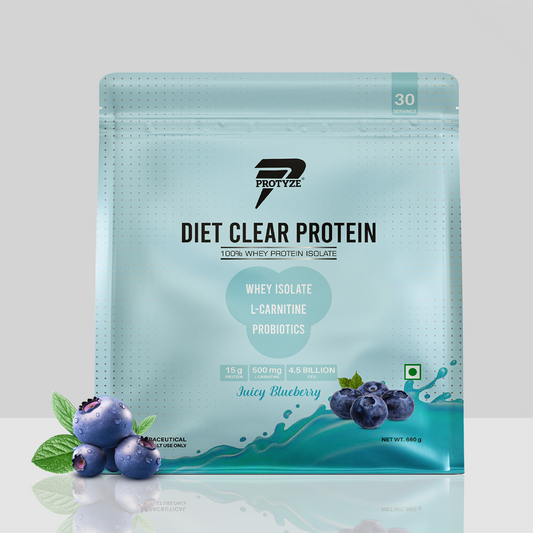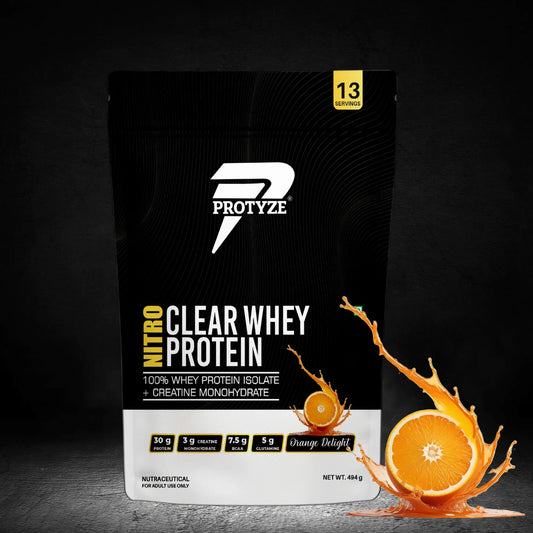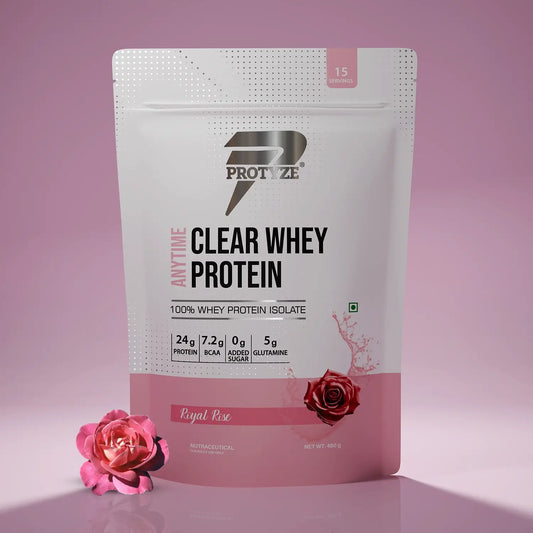Stress is a pervasive challenge for women, often stemming from balancing demanding schedules and responsibilities. Yoga, with its harmonious blend of physical postures, controlled breathing, and mindfulness, provides an effective approach to alleviate stress, calm the mind, and restore energy.
By engaging the body and focusing on breath, yoga reduces cortisol levels and promotes emotional well-being, making it an ideal practice for women seeking relaxation. This blog outlines the top 10 simple yoga poses for women to reduce stress, designed for beginners and requiring minimal space or equipment. Each pose is explained with a detailed description, benefits, and clear instructions to ensure accessibility.
Why Yoga is Effective for Stress Relief
Yoga’s ability to reduce stress lies in its holistic approach, combining movement, breath, and mental focus. A 2019 study found that yoga lowers cortisol, the stress hormone, by up to 20%, easing anxiety and tension. It also stimulates endorphin release, improving mood, and activates the parasympathetic nervous system, promoting relaxation, per a 2020 study.
For women, who often face unique stressors, these poses offer a practical, time-efficient way to unwind. Pairing yoga with proper nutrition, such as protein to aid muscle recovery and probiotics for gut health, amplifies its effects. Protyze Diet Clear Whey, with its 15g protein and probiotic-enhanced formula, supports this synergy. Below are the 10 poses, each with a detailed description and key details to guide your practice.
Top 10 Simple Yoga Poses for Stress Reduction
Mention below are some of the Best Yoga Poses for Stress Reduction for women:
1. Child’s Pose (Balasana)

Child’s Pose is a gentle, restorative posture that invites deep relaxation by encouraging a forward fold and a connection with the breath. Often used as a resting pose in yoga sequences, it allows the body to release tension in the hips, lower back, and shoulders, creating a sense of safety and calm.
The position mimics a fetal curl, which psychologically soothes the mind, making it ideal for stress relief. By focusing on slow, deep breaths, this pose quiets mental chatter and promotes a meditative state, helping women unwind from daily pressures.
Benefits of Child Pose
- Reduces stress and anxiety by calming the nervous system, per a 2021 study.
- Stretches hips, thighs, and lower back, relieving physical tension.
- Encourages mindfulness and deep breathing for mental clarity.
How to Do Child Pose
- Kneel on the floor, big toes touching, and knees spread apart.
- Sit back on heels, then slowly lower your torso forward, resting your forehead on the ground.
- Extend arms forward or rest them by your sides; breathe deeply for 30-60 seconds, 2-3 sets.
- Use a cushion under your forehead or torso if needed for comfort.
2. Cat-Cow Pose (Marjaryasana-Bitilasana)

Cat-Cow Pose is a dynamic flow that alternates between two gentle spinal movements, promoting flexibility and releasing tension. The rhythmic motion, synchronized with breath, massages the spine and opens the chest, fostering a sense of fluidity and ease. This pose is particularly effective for stress relief because it encourages mindful movement, helping to break cycles of mental overwhelm. The gentle undulation also stimulates the nervous system, balancing energy and calming the mind.
Benefits
- Relieves spinal tension and improves posture, per a 2018 study.
- Enhances breath awareness, reducing anxiety through synchronized movement.
- Promotes emotional balance by activating the parasympathetic nervous system.
How to Do
- Start on all fours, wrists under shoulders, knees under hips.
- Inhale, arch your back, lifting your chest and tailbone (cow pose).
- Exhale, round your spine, tucking your chin and tailbone (cat pose).
- Flow between poses for 1-2 minutes, 5-8 cycles, moving with breath.
3. Standing Forward Bend (Uttanasana)

Standing Forward Bend is a soothing inversion that allows the head to drop below the heart, promoting relaxation and mental clarity. By stretching the hamstrings, calves, and back, it releases physical tension that often accumulates during stressful days. The forward fold encourages a surrender to gravity, helping to quiet the mind and alleviate anxiety. This pose also improves blood flow to the brain, enhancing focus and reducing mental fatigue.
Benefits
- Calms the nervous system and reduces stress, per a 2019 study.
- Stretches the posterior chain, relieving lower back tension.
- Improves mood by increasing circulation to the head.
How to Do
- Stand with feet hip-width apart, hinge at the hips, and fold forward.
- Bring hands to the floor, shins, or a block; keep a slight bend in knees if tight.
- Relax your head and neck, holding for 30-45 seconds, 2 sets.
- Breathe deeply, lengthening the spine on inhales.
4. Seated Forward Bend (Paschimottanasana)

Seated Forward Bend is a calming pose that stretches the entire back body, from the calves to the spine, fostering a sense of release and introspection. By folding forward, the pose encourages a turning inward, helping to quiet mental noise and reduce stress. The elongated stretch promotes flexibility and eases tension in the lower back, a common area for stress-related discomfort. Deep breathing in this pose enhances its relaxing effects, making it a staple for stress management.
Benefits
- Lowers cortisol levels, promoting relaxation, per a 2020 study.
- Stretches hamstrings, calves, and back, easing physical stress.
- Enhances focus and mental calm through forward folding.
How to Do
- Sit with legs extended, feet flexed, and spine tall.
- Inhale, lengthen your spine; exhale, hinge at hips, reaching for toes or shins.
- Rest your chest toward thighs, holding for 30-60 seconds, 2 sets.
- Use a strap around feet if flexibility is limited.
5. Legs-Up-the-Wall Pose (Viparita Karani)

Legs-Up-the-Wall Pose is a restorative inversion that promotes deep relaxation by reversing blood flow and easing leg fatigue. This passive pose requires minimal effort, making it ideal for stress relief after long days. By elevating the legs, it reduces swelling and tension, while the gentle stretch in the hamstrings soothes the lower body. The pose also encourages slow breathing, activating the relaxation response and calming the mind.
Benefits
- Reduces stress and fatigue by improving circulation, per a 2018 study.
- Relieves leg and lower back tension, promoting physical ease.
- Encourages deep relaxation and mental clarity.
How to Do
- Lie on your back near a wall, scooting your hips close to it.
- Lift legs straight up the wall, arms relaxed by your sides.
- Rest for 3-5 minutes, breathing slowly and deeply.
- Place a cushion under hips for added comfort.
6. Tree Pose (Vrikshasana)

Tree Pose is a balancing posture that cultivates focus and stability, helping to anchor the mind during stressful moments. By standing on one leg and finding equilibrium, it encourages concentration and mental clarity, reducing scattered thoughts. The pose also strengthens the legs and core, fostering a sense of grounding and confidence. Its meditative quality makes it a powerful tool for stress reduction.
Benefits
- Improves focus and mental clarity, per a 2019 study.
- Strengthens legs and core, enhancing physical stability.
- Promotes emotional balance through mindful balancing.
How to Do
- Stand tall, shift weight to one foot, and place the other foot on your inner thigh or calf (avoid knee).
- Bring hands to prayer position at chest or overhead.
- Hold for 30 seconds per side, 2 sets, focusing on a fixed point.
- Use a wall for support if balance is challenging.
7. Bridge Pose (Setu Bandhasana)

Bridge Pose is an energizing yet calming backbend that opens the chest and strengthens the glutes, countering the physical effects of stress. By lifting the hips, it releases tension in the lower back and promotes deep breathing, which soothes the nervous system. The pose also stimulates the heart center, fostering emotional openness and reducing anxiety, making it ideal for women seeking balance.
Benefits
- Reduces anxiety and opens the chest, per a 2020 study.
- Strengthens glutes and lower back, improving posture.
- Enhances breathing capacity for stress relief.
How to Do
- Lie on your back, knees bent, feet hip-width apart, close to hips.
- Press into feet, lift hips toward the ceiling, keeping shoulders grounded.
- Hold for 30-45 seconds, 2-3 sets, breathing deeply.
- Place a block under hips for a supported variation.
8. Corpse Pose (Savasana)

Corpse Pose is the ultimate relaxation pose, often used to close yoga sessions, allowing the body and mind to fully unwind. By lying still and focusing on breath, it promotes a meditative state, releasing physical and mental tension. This pose is highly effective for stress relief, as it encourages complete surrender, helping women let go of daily worries and restore energy.
Benefits
- Lowers stress by 20% through deep relaxation, per a 2018 study.
- Promotes mindfulness and mental clarity.
- Reduces physical tension and fatigue.
How to Do
- Lie flat on your back, legs extended, arms relaxed by sides, palms up.
- Close eyes and breathe deeply, focusing on each breath.
- Rest for 5-10 minutes, allowing the body to fully relax.
- Use a blanket or bolster under knees for comfort.
9. Easy Pose with Breathwork (Sukhasana with Pranayama)

Easy Pose with Breathwork combines a comfortable seated position with controlled breathing to calm the mind and body. The cross-legged posture grounds the body, while techniques like alternate nostril breathing (Anulom Vilom) balance the nervous system. This practice is particularly effective for reducing stress, as it fosters mindfulness and regulates emotional responses, helping women find inner peace.
Benefits
- Reduces stress hormones through breath control, per a 2021 study.
- Enhances mental focus and emotional stability.
- Improves posture and hip flexibility.
How to Do
- Sit cross-legged, spine tall, hands resting on knees.
- Practice alternate nostril breathing: close one nostril, inhale, switch, exhale, repeat.
- Continue for 3-5 minutes, keeping breaths slow and even.
- Sit on a cushion if hips are tight.
10. Reclining Bound Angle Pose (Supta Baddha Konasana)

Reclining Bound Angle Pose is a deeply restorative posture that opens the hips and chest, promoting relaxation and stress relief. By lying back with the soles of the feet together, it creates a gentle stretch that releases tension in the pelvic area, often a storage site for stress. The pose encourages slow, deep breathing, soothing the nervous system and fostering a sense of calm, ideal for unwinding.
Benefits
- Soothes the nervous system and reduces stress, per a 2019 study.
- Opens hips and chest, relieving physical tension.
- Promotes deep relaxation and emotional balance.
How to Do
- Lie on your back, bring soles of feet together, letting knees fall outward.
- Place arms by sides, palms up, and breathe deeply.
- Rest for 3-5 minutes, using cushions under knees for support if needed.
- Relax shoulders away from ears.
Enhancing Yoga with Nutrition
To maximize yoga’s stress-relieving benefits, pair it with a balanced diet that supports recovery and overall health:
- Protein Needs: Aim for 1.0-1.2g/kg protein (60-85g for 70kg) to repair muscles used in yoga. Sources like eggs or low-fat dairy are effective.
- Gut Health: Stress can disrupt digestion, and probiotics help, reducing bloating by 20%, per a 2020 study. Protyze Diet Clear Whey (15g protein, 99% lactose-free, Juicy Mango flavor) with water provides probiotics and protein, aiding recovery and gut health.
- Mood-Boosting Nutrients: Include magnesium-rich nuts and vitamin C-rich fruits to enhance mood and immunity.
- Hydration: Drink 2.5-3L water daily to support flexibility and energy.
- Example Use: Post-yoga, sip Protyze Diet Clear Whey (Juicy Lychee flavor) with water for a low-calorie (~60 kcal) boost, supporting muscle repair and digestion.
Conclusion
The top 10 simple yoga poses—from Child’s Pose to Reclining Bound Angle Pose—provide women with accessible tools to reduce stress, blending gentle movement, breath, and mindfulness. These beginner-friendly poses lower cortisol, enhance emotional balance, and fit seamlessly into busy schedules, requiring only a mat and a quiet space. Supporting yoga with nutrition, including protein and probiotics, amplifies its benefits for recovery and gut health. Protyze Diet Clear Whey, with its 15g protein, probiotic-enhanced, 99% lactose-free formula, offers a convenient way to nourish the body post-practice. Incorporate these poses and dietary strategies to cultivate peace and resilience.
TL;DR
This guide features the top 10 beginner-friendly yoga poses for women to reduce stress, such as Child’s Pose, Cat-Cow, and Legs-Up-the-Wall. These poses calm the nervous system, ease muscle tension, and promote mindfulness. Pairing yoga with proper nutrition—like Protyze Diet Clear Whey, a 15g protein, probiotic-enhanced, low-calorie supplement—boosts recovery and gut health, enhancing the overall stress-relieving benefits. With just a mat and 20–30 minutes daily, women can experience better mood, flexibility, and resilience within weeks.





